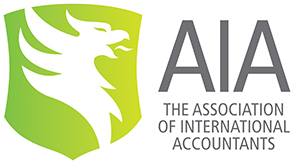Getting More out of Mileage Rates
Newsletter issue - September 08.
In our August newsletter we reminded you about tax and NI free mileage rates for using your own car for business journeys. However, questions about mileage are still very topical given recent rises in running costs. How can you maximise a tax-free payment from your company?
When an employee takes colleagues on business trips in their vehicle, they can be paid up to 5p per passenger mile without deduction of tax and NI, provided the passenger is also travelling for business purposes. This effectively extends the current tax and NI free mileage rate to 45p and 30p respectively on journeys with one passenger; 50p and 35p on journeys with two passengers, and so on. However, the additional passenger rate of 5p must be paid to you; it's not something you can later claim through your tax return.
More significantly, you might just not realise how many business errands you and your family run, during a tax year...
- Who picks your customers up from the airport or railway station?
- How many times have you called for a lift after a late night function?
- And what about the last minute dashes to: the bank to pay in cash/cheques; get something urgent in the post; or collect cheques from late payers rather than have them say "it's in the post".
Small amounts of mileage claimed from the company can add up to large amounts that are tax and NI free.
For 2008/9 why not get your company to pay out a lump sum now, to cover your mileage for the whole tax year. For example, if your anticipated business mileage for 2008/9 is 2,500 miles then you could take a lump sum of £1,000 (2,500 miles x 40p per mile). You then keep a record of the mileage as you go along, settling up with the company before the tax-year end with a balancing payment or refund. A simple way of proving the mileage between two points is to use one of the route planners available on the internet. In fact this is the method a tax inspector would use if he was checking mileage claims.
